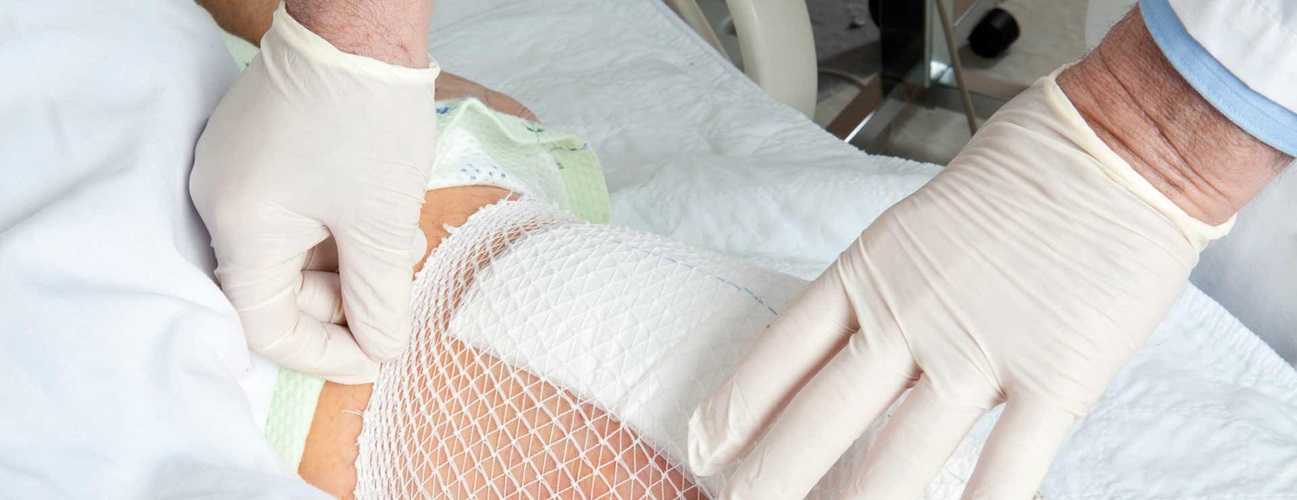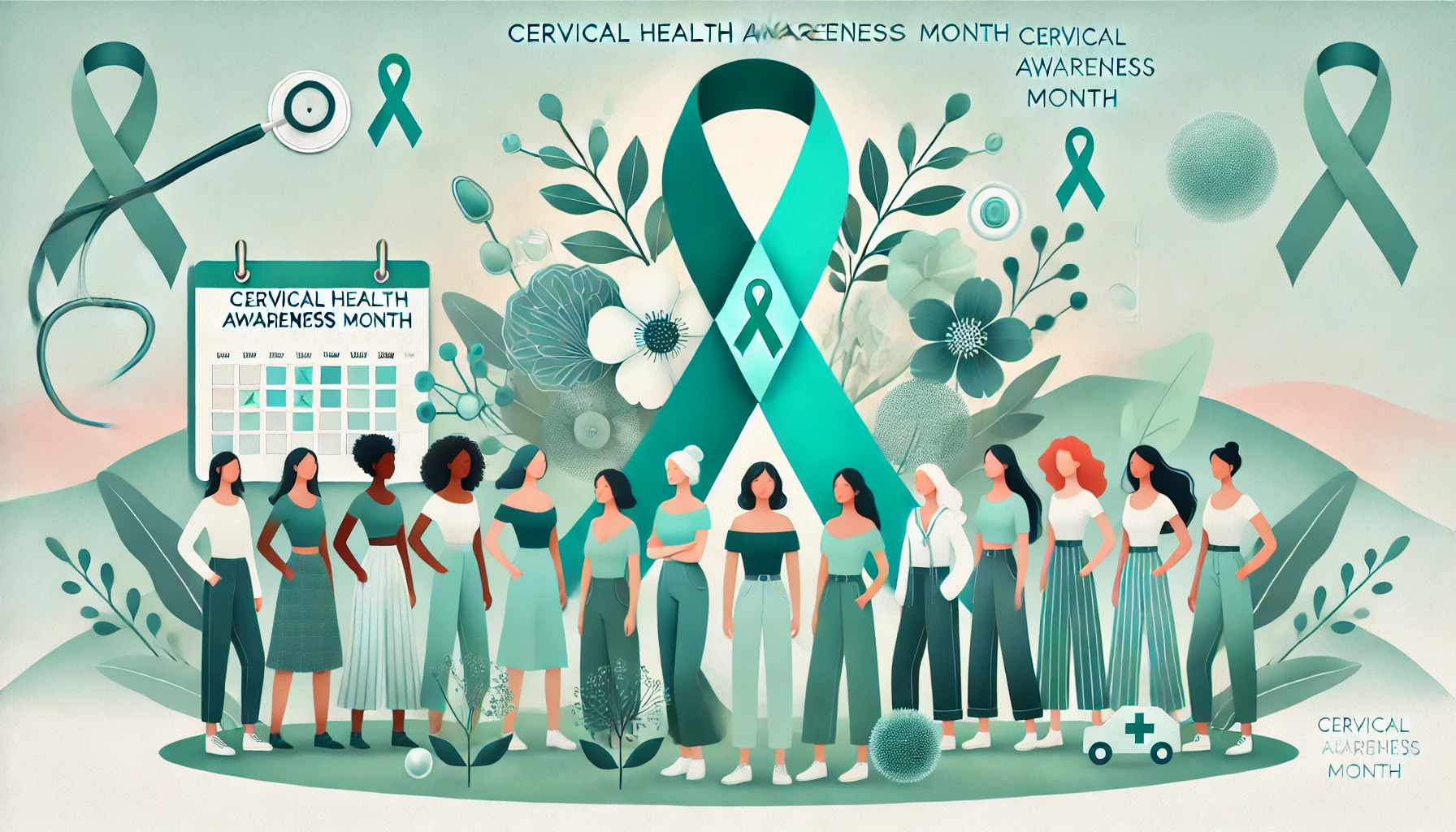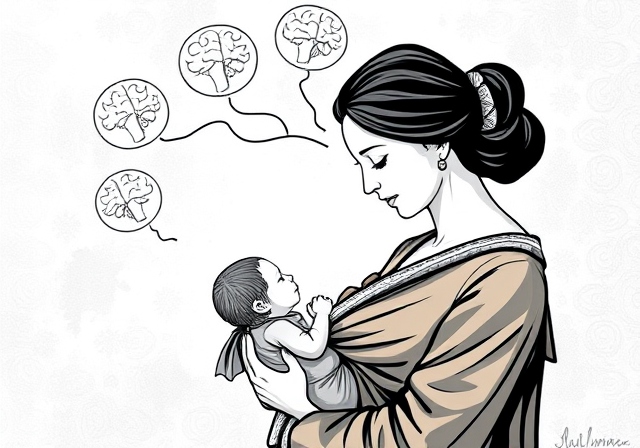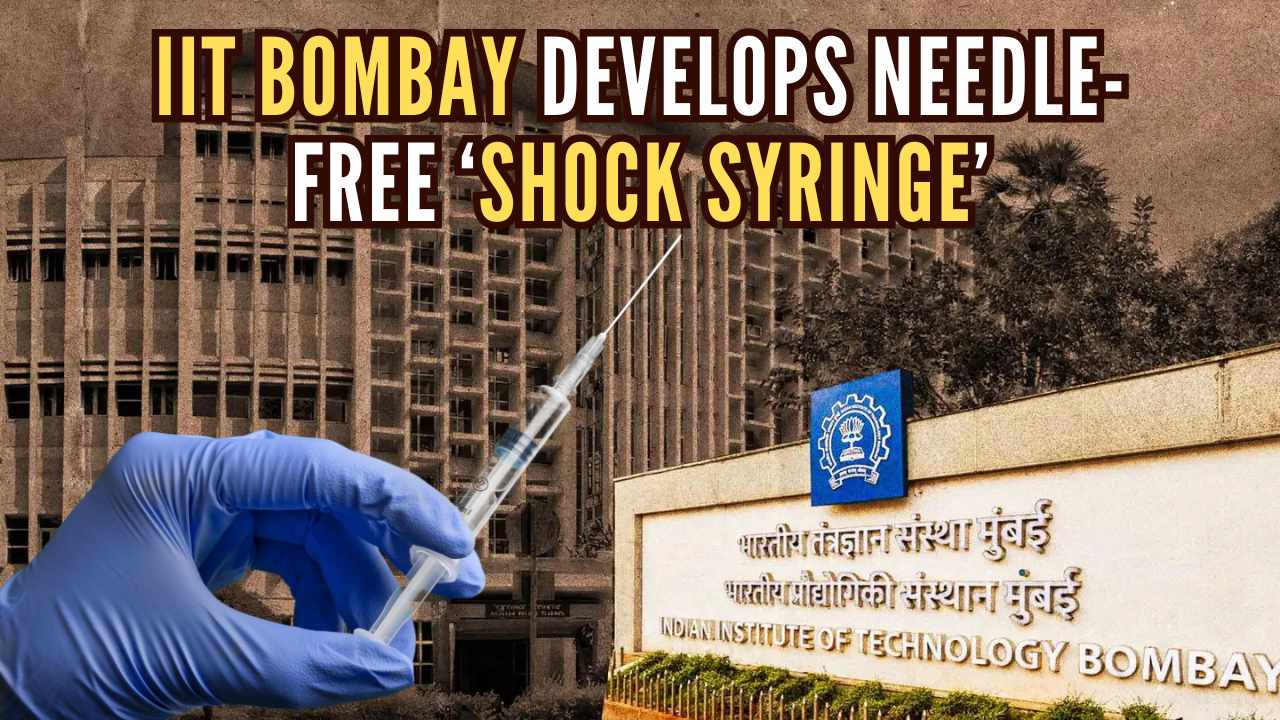A heartbreaking incident has struck Munniyoor in Malappuram, as a five-year-old girl passed away due to a rare brain infection known as primary amoebic meningoencephalitis (PAM). The young girl was receiving treatment at the Kozhikode Government Medical College Hospital, where she was on ventilator support. Despite the medical team's efforts and a combination of drugs administered to her, she succumbed to the infection late on Monday night.
Understanding Primary Amoebic Meningoencephalitis (PAM): Primary amoebic meningoencephalitis, or PAM, is an extremely rare but often fatal infection of the brain. It is caused by an amoeba called Naegleria fowleri, commonly found in warm, fresh water bodies such as lakes, rivers, and hot springs. This infection typically occurs when contaminated water enters the body through the nose, often during activities like swimming or bathing.
The Incident: The young girl from Munniyoor was reported to have bathed in the Munniyoor river with her relatives on May 1. Following this, she began exhibiting symptoms consistent with PAM, leading to her hospitalization. Her condition rapidly deteriorated, necessitating ventilator support as doctors administered a combination of drugs in a desperate attempt to combat the infection.
Symptoms and Diagnosis: PAM usually presents initial symptoms that mimic those of bacterial meningitis, making early diagnosis challenging. Symptoms often include:
- Severe Headache
- Fever
- Nausea and Vomiting
- Stiff Neck
- Confusion and Seizures
As the infection progresses, it can lead to more severe neurological symptoms and ultimately coma and death. Diagnosis typically involves identifying the amoeba in cerebrospinal fluid (CSF) samples, which can be time-consuming and complex.
Treatment Challenges: The treatment for PAM is highly challenging due to the rapid progression of the disease and the difficulty in diagnosing it early. The standard treatment regimen includes a combination of antifungal, antibacterial, and anti-inflammatory drugs. Despite aggressive treatment efforts, the fatality rate for PAM remains exceedingly high, highlighting the critical need for early detection and immediate medical intervention.
Prevention and Awareness: Given the fatal nature of PAM and the limited treatment options, prevention is crucial. Here are some preventive measures to reduce the risk of infection:
- Avoid Swimming in Warm Fresh Water: During hot weather, avoid swimming in warm fresh water bodies known to harbor Naegleria fowleri.
- Use Nose Clips: If swimming in potentially contaminated water is unavoidable, use nose clips to prevent water from entering the nasal passages.
- Avoid Stirring Up Sediment: Naegleria fowleri amoebas tend to reside in the sediment at the bottom of water bodies. Avoid disturbing the sediment while engaging in water activities.
Raising Public Awareness: In regions where PAM is a risk, public health campaigns can play a vital role in raising awareness about the dangers of Naegleria fowleri and the importance of preventive measures. Educational initiatives can inform communities about the risks associated with swimming in warm fresh water and promote safe practices to minimize exposure.
Community Support and Response: The tragic loss of the young girl has deeply affected the Munniyoor community. Local leaders and residents have come together to support the grieving family, offering condolences and assistance during this difficult time. The incident has also sparked discussions about improving public health measures and increasing awareness to prevent similar occurrences in the future.
The Role of Healthcare Facilities: Healthcare facilities, especially in areas prone to such infections, play a crucial role in early diagnosis and treatment. Training healthcare providers to recognize the symptoms of PAM and respond promptly can improve patient outcomes. Additionally, equipping hospitals with the necessary diagnostic tools and treatment protocols is essential in managing such rare but severe infections.
Research and Future Directions: Ongoing research is vital to better understand PAM and develop more effective treatment strategies. Scientists are exploring various aspects of Naegleria fowleri, including its biology, transmission mechanisms, and potential therapeutic targets. Collaborative efforts between researchers, healthcare providers, and public health officials are necessary to advance knowledge and improve patient care.
The death of the five-year-old girl from Munniyoor due to primary amoebic meningoencephalitis is a tragic reminder of the dangers posed by rare infections like PAM. It highlights the importance of public awareness, preventive measures, and the need for prompt medical attention in suspected cases. As the community mourns the loss, efforts to educate the public and improve healthcare responses continue to be of utmost importance. By taking preventive actions and supporting ongoing research, we can work towards reducing the impact of such devastating infections in the future.

 The death of the five-year-old girl from Munniyoor due to primary amoebic meningoencephalitis is a tragic reminder of the dangers posed by rare infections like PAM.
The death of the five-year-old girl from Munniyoor due to primary amoebic meningoencephalitis is a tragic reminder of the dangers posed by rare infections like PAM.










.jpeg)









.jpg)
.jpg)








